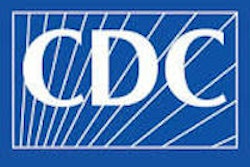Wednesday, November 30 | 3:50 p.m.-4:00 p.m. | SSM02-06 | Room E451B
Digital breast tomosynthesis (DBT) is changing the practice of breast imaging, including the way screening and diagnostic mammograms are performed, according to Yale University researchers.A group led by Dr. Reni Butler examined trends in the volume of screening and diagnostic mammograms over three one-year intervals (A, B, and C). The researchers recorded the volume of each type of exam performed, as well as the volume of patient visits to the clinical breast center. Butler's team also calculated the percentage of screening patients who received immediate results and the number of diagnostic patients who had mammograms with only four routine views.
The total number of exams performed during each interval was similar, while the number of clinical patient visits increased slightly over the three years. Screening mammograms increased by 17%, while diagnostic mammograms decreased by 29%. The percentage of screening patients receiving immediate results increased from 18% in year A to 46% in year C. The percentage of diagnostic patients imaged with only four routine views increased from 24% in year A to 73% in year C.
These findings suggest that using DBT for both breast cancer screening and diagnosis reduces the volume and number of views of diagnostic mammograms, as well as increases the volume of screening mammograms, according to Butler and colleagues.
"DBT is changing current paradigms of breast imaging practice, including the way screening and diagnostic mammograms are defined and performed, with implications for patient scheduling, breast center staffing, and the option to give more patients immediate results," they wrote.



















